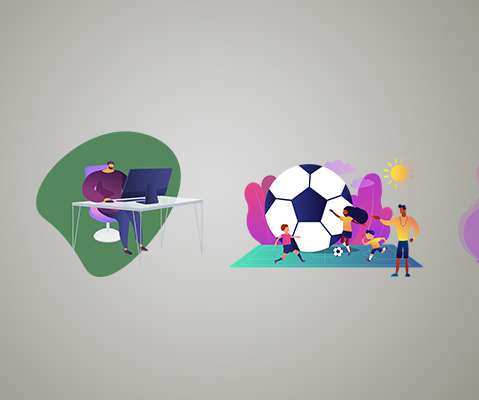Elmore’s 4 learning modes
KnowledgeOne
MAY 27, 2020
We all might have our theories about learning and our preferences for one way of learning over another. Alternatively, members of these networks acquire and transmit information according to their respective levels of knowledge and expertise. It underlies the idea that everyone is capable of learning outside of hierarchical frameworks.















Let's personalize your content